How To Choose Planters That Will Not Leak Or Stain Your Floors: 10 Steps To A Greener Home
Leaky planters and stained tiles are every plant lover's nightmare. Here are 10 clear, practical ways to choose planters that will protect both your plants and your floors.
Get the best planters for your home by following these 10 easy tips.
It begins so innocently. You bring home a leafy beauty in a shiny new pot or planter, place it in the corner of your living room, and admire the transformation it brings. A week later, however, you notice a damp ring forming on the floor or worse, a stubborn brown stain that refuses to go away. Many plant parents face this exact problem: planters that look good but leak, sweat, or stain the surface beneath them.
Choosing the right planter isn't just about looks; it's about practicality. From balconies with ceramic tiles to living rooms with expensive wooden flooring, the last thing anyone wants is unsightly marks or water seepage. The good news is, avoiding this mess is simple when you know what to look for. Here are 10 clear, practical ways to choose planters that will protect both your plants and your floors.

Remember these 10 tips when choosing planters for your home; Photo Credit: Pexels
1. Material Matters: Pick the Right Base
The material of your planter decides not only how your plant grows but also whether your floor will stay clean. Terracotta, while beautiful and breathable, is notorious for sweating and leaving rings on marble or wooden floors. Metal planters can rust and stain, while cheap plastics sometimes crack and leak.
For indoors, look for fibreglass, high-quality ceramic with a glazed finish, or thick plastic that doesn't sweat. Outdoors, cement and stone planters work, but always with a tray. Wooden planters are charming, but untreated wood can leak tannins, staining your floor.
A simple trick? Check if the planter has a glazed or sealed base. This acts as a barrier and prevents moisture from seeping through. Think of it as a raincoat for your pot, stylish yet protective.
2. Drainage Holes: Friend or Foe?
Every plant lover has debated this: to drain or not to drain. Drainage holes are essential for plant health, but they're often the culprit behind water dripping onto your tiles. Without them, roots may rot; with them, your floors risk damage.
The best solution is compromise. Choose planters with proper drainage holes but always pair them with sturdy trays. Modern designs often come with built-in self-watering systems where excess water collects in a hidden compartment. This saves you from constant wiping and keeps the plant happy.
If you're buying online, check reviews. Many customers mention whether the drainage system is practical or messy. A good rule? Never place a planter with open drainage directly on wood or fabric surfaces, it's a recipe for stains.
3. Don't Ignore Planter Trays
Trays are the unsung heroes of plant care. They catch excess water and soil, preventing leaks and stains. The problem is, many trays are flimsy, poorly fitted, or so shallow that water still spills.
Look for trays made from thick plastic, ceramic, or metal with a rust-resistant finish. They should be at least one inch deep to hold enough overflow. Transparent trays work well for minimalists, while coloured ones can add an extra design element.
For homes with children or pets, trays with raised edges are especially useful, they stop soil spills when pots are nudged or moved. Spending an extra ₹100–₹300 on a proper tray is far cheaper than paying for floor cleaning or repairs later.

Look for trays made from thick plastic, ceramic, or metal with a rust-resistant finish; Photo Credit: Unsplash
4. Size and Weight Balance
Oversized planters look dramatic, but if they're too heavy, moving them for cleaning becomes a challenge. On the other hand, a planter that's too small for your plant means frequent watering, increasing the chances of overflow.
Choose a planter that's 2–3 inches larger in diameter than your plant's root ball. This gives enough space for growth while maintaining manageable weight. For indoor use, medium-sized planters (20–30 cm) are often ideal, they're easy to move and don't overwhelm the space.
If you love large statement planters, consider putting them on rolling stands. These stands come with hidden wheels, making cleaning easy and saving your back from heavy lifting.
5. Mind the Flooring Type
Not all floors react the same way to water and soil stains. Marble can discolour quickly, wooden flooring swells with moisture, and even vitrified tiles can develop ugly rings over time.
If you have sensitive flooring, always use double protection, first a tray under the planter and then a protective mat beneath the tray. Rubber mats or cork pads work beautifully, and they're inexpensive too (₹200–₹500).
For balconies, where tiles are more forgiving, you can get away with lighter protection. But indoors, especially in bedrooms or living rooms with rugs, never risk placing planters directly on the surface. Think of it as protecting your floor in the same way you'd use coasters to protect a wooden table.
Also Read: From Terracotta To Ceramic: The Pros And Cons Of Using Different Materials As Planters
6. Self-Watering Planters: Low-Maintenance Heroes
If you're someone who often forgets to water plants or worries about spillage, self-watering planters are a game-changer. These planters come with a hidden water reservoir at the bottom. The plant draws water as needed, reducing overflows and leak risks.
They're particularly useful for office setups, rental flats, or busy homes where daily watering isn't practical. Though slightly more expensive (₹500 upwards), the convenience and floor protection make them worth every rupee.
Plus, they reduce water wastage, a bonus for eco-conscious plant lovers. Just remember to clean the reservoir every month to prevent algae build-up.

Opt for self-watering plants if you often stay out of the house for long periods; Photo Credit: Pexels
7. Sealants and Liners for Extra Protection
Sometimes, you already own beautiful terracotta or wooden planters that leak but you don't want to part with them. In such cases, sealants and liners can rescue you.
A clear waterproof sealant applied to the inner and bottom surface of terracotta pots prevents seepage. For wooden planters, a plastic liner inside acts as a barrier. Both options preserve the rustic charm of natural materials while keeping your floors safe.
Sealant sprays are available online and cost around ₹300–₹600 for a can. They're easy to apply and extend the life of your planters too. This small step can turn even the most leak-prone pots into floor-friendly pieces.
8. Elevate with Stands and Risers
Sometimes, the easiest way to prevent stains is simply lifting the planter off the ground. Stands and risers not only add height and drama to your plant display but also allow air circulation underneath, preventing moisture from getting trapped.
Wooden risers, wrought iron stands, or even bamboo stools work well. Just ensure they're treated or painted to resist water. Many local shops now sell multipurpose stands with adjustable sizes, perfect for small balconies.
Adding elevation also makes cleaning easier. You don't have to bend awkwardly around planters, and dust doesn't collect at the base. For anyone with a busy home, this is a practical win.
9. Match Planters to Plant Types
Believe it or not, the kind of plant you grow also influences whether your planter will leak. Thirsty plants like ferns or peace lilies need more water, increasing the risk of overflow. Succulents and cacti, on the other hand, require little watering and are safer in delicate planters without heavy trays.
Match your planter choice to your plant's watering needs. For water-hungry plants, pick planters with self-watering systems or deep trays. For drought-tolerant plants, even decorative metal or woven planters work since you water sparingly.
This alignment reduces maintenance stress and keeps your home looking tidy without constant vigilance.

Consider the plant type when choosing planters; Photo Credit: Pexels
10. Regular Cleaning and Maintenance
No matter how careful you are, some build-up is inevitable, mineral deposits from tap water, soil spills, or algae on trays. The key is regular maintenance.
Make it a monthly ritual to wipe down your planters and trays with a mild soap solution. For stubborn stains, a paste of baking soda and water works wonders. If you notice white salt rings forming on terracotta, scrub them off before they harden.
Cleaning not only prevents permanent marks but also keeps pests at bay. Remember, a well-maintained planter looks as fresh as the plant it houses. Think of it as grooming for your pots, the small effort pays off in long-lasting beauty.
Products Related To This Article
1. ecofynd 5 inches, Lily Metal Plant Pot with Saucer Plate
2. Eha Earth Friendly Regalia 12 Inch Pots and Planters Set of 2
3. Eha Set of 2 Earth-Friendly Deco 12" Self-Watering pots and Planters
4. GARDENS NEED 20-Inch (50.8cm) Window Flower Pot
5. INKULTURE Plastic Round Flower Pot with Tray
Choosing planters isn't just about matching them with your décor, it's about protecting your space from unnecessary mess. By paying attention to material, drainage, trays, flooring type, and maintenance, you can enjoy lush greenery without worrying about water stains or leaks.
Plants bring joy, calm, and beauty to our homes. The right planters ensure they do so without leaving behind headaches for you or your floors. With these ten tips, your plants can thrive, your interiors can shine, and your floors will remain spotless. That's a win-win every plant parent deserves. Shop pots and planters online..
Disclaimer: The images used in this article are for illustration purpose only. They may not be an exact representation of the products, categories and brands listed in this article.
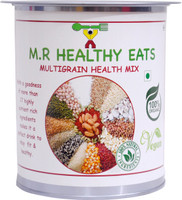


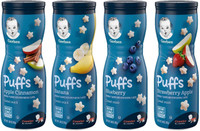
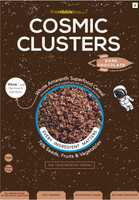
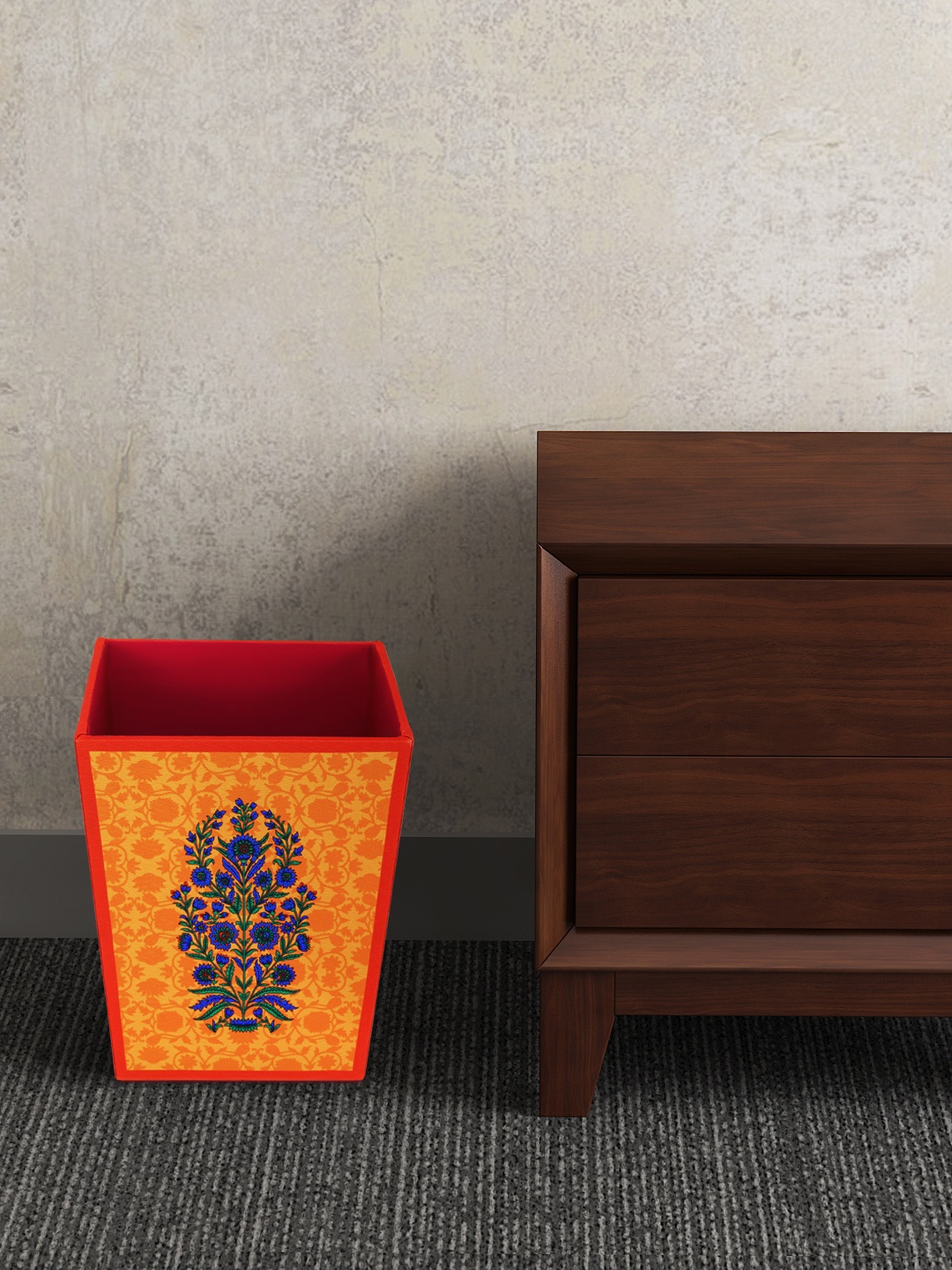

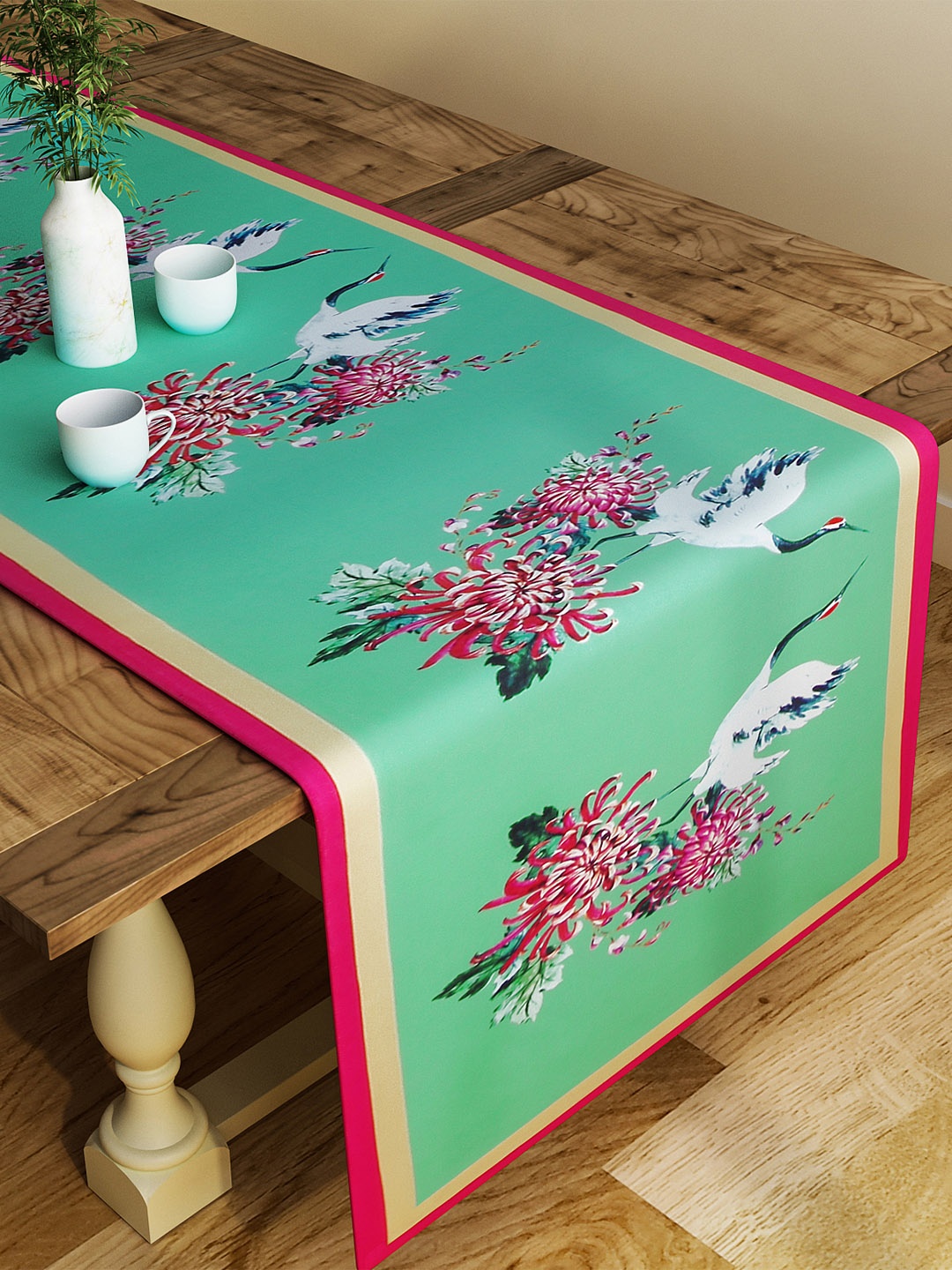
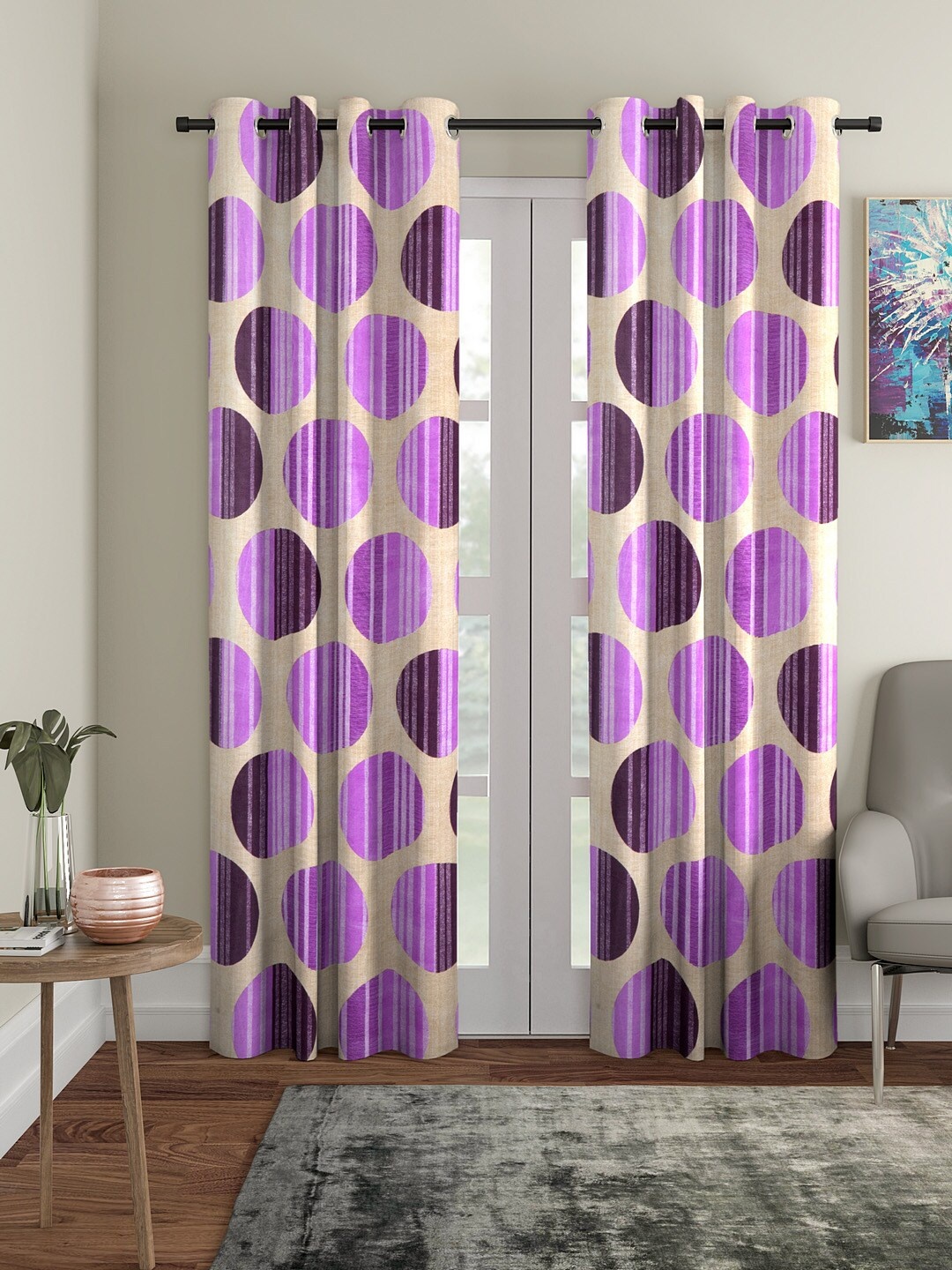
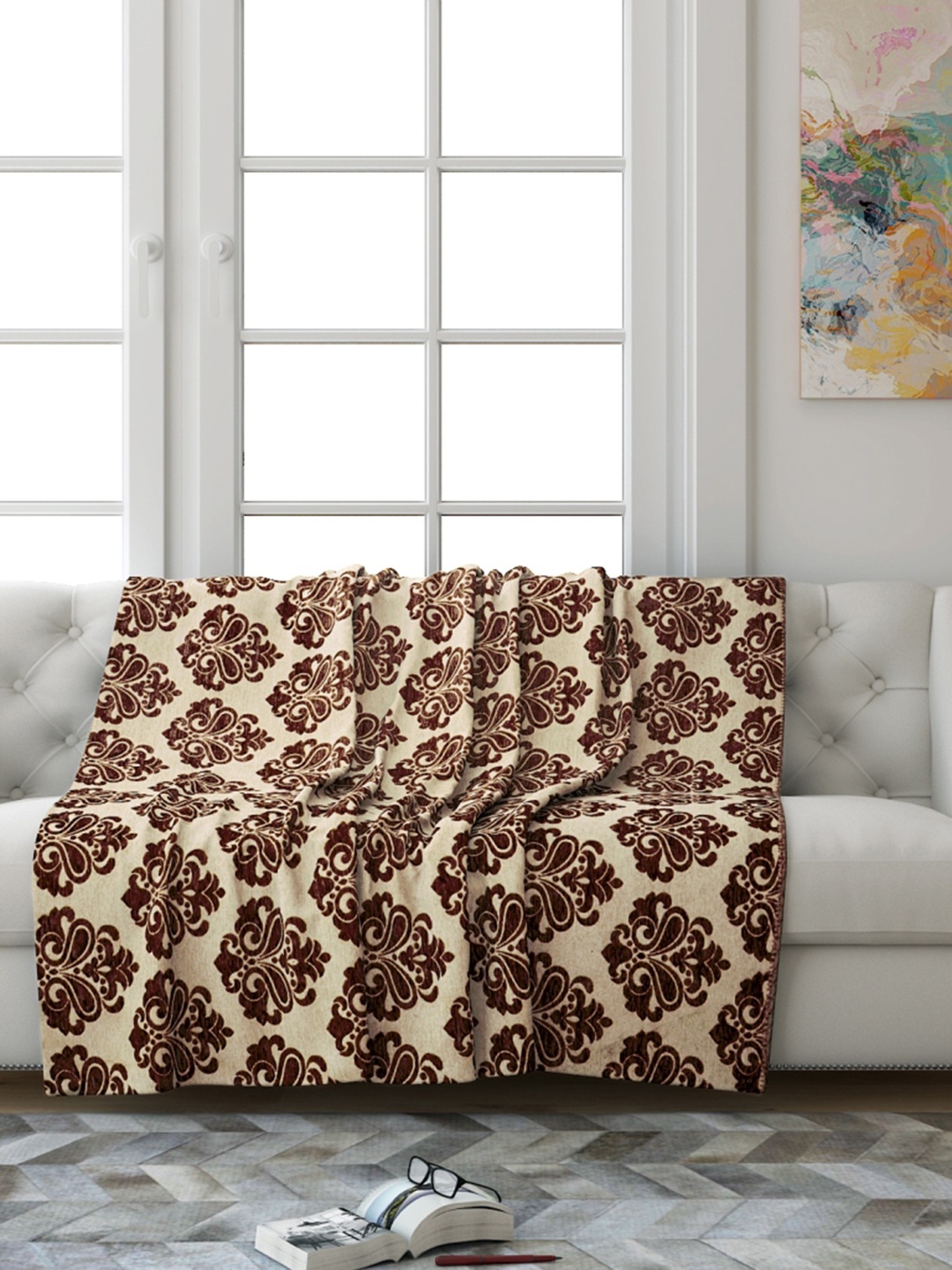



![Steam Iron Teflon Shoe Cover for ES-300,ST-96 [Only For ES-300 and ST-96 Model Electric Steam Irons]](https://m.media-amazon.com/images/I/51wwkttondL._SL160_.jpg)